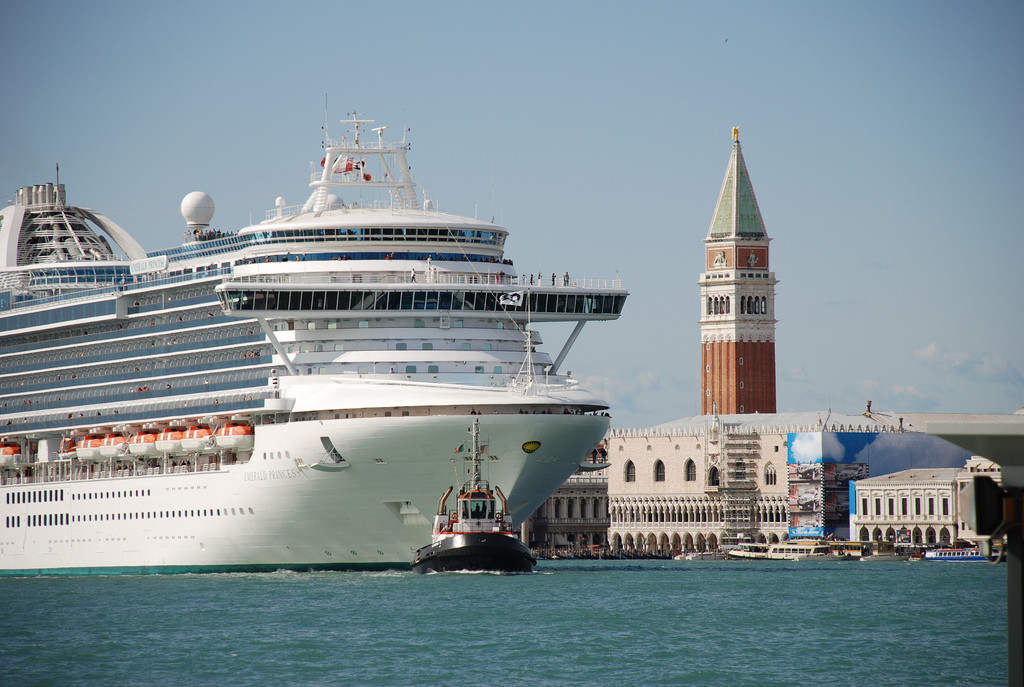
UNESCO, in collaboration with the Afghan Ministry of Information and Culture, have announced the winning proposal for the Bamiyan Cultural Centre. An Argentina-based team, lead by Carlos Nahuel Recabarren alongside Manuel Alberto Martínez Catalán and Franco Morero, were selected from 1,070 design entries from 117 countries. Prepatory work on implementing their scheme, entitled Descriptive Memory: The Eternal Presence of Absence, "will start immediately" close to the boundaries of the Bamiyan World Heritage site.
See the winning entry and the four runners-up after the break.


![Runner Up [4]: Entrance View. Image Courtesy of UNESCO UNESCO Reveals Winning Scheme For The Bamiyan Cultural Centre In Afghanistan - Image 1 of 4](https://images.adsttc.com/media/images/54e5/a053/e58e/cec9/5100/00d7/thumb_jpg/Screen_Shot_2015-02-19_at_09.37.32.jpg?1424334925)
![Runner Up [2]: Performance Space. Image Courtesy of UNESCO UNESCO Reveals Winning Scheme For The Bamiyan Cultural Centre In Afghanistan - Image 2 of 4](https://images.adsttc.com/media/images/54e5/9dbf/e58e/ce21/e000/00ec/thumb_jpg/Screen_Shot_2015-02-19_at_09.23.41.jpg?1424334253)
![Runner Up [1]: Interior Perspective. Image Courtesy of UNESCO UNESCO Reveals Winning Scheme For The Bamiyan Cultural Centre In Afghanistan - Image 3 of 4](https://images.adsttc.com/media/images/54e5/9c61/e58e/cec9/5100/00d2/thumb_jpg/Screen_Shot_2015-02-19_at_09.20.38.jpg?1424333911)
![Runner Up [3]: Elevation. Image Courtesy of UNESCO UNESCO Reveals Winning Scheme For The Bamiyan Cultural Centre In Afghanistan - Image 4 of 4](https://images.adsttc.com/media/images/54e5/a213/e58e/cef2/f400/00d7/thumb_jpg/Screen_Shot_2015-02-19_at_09.43.29.jpg?1424335371)












